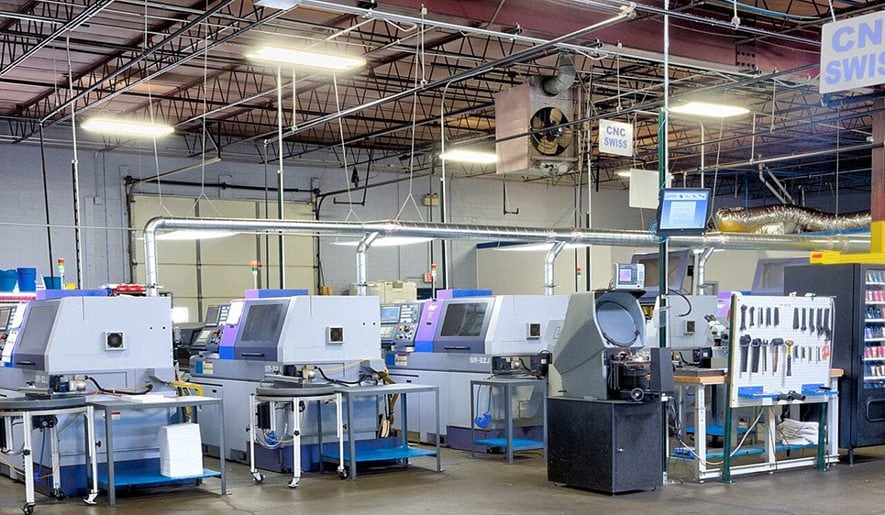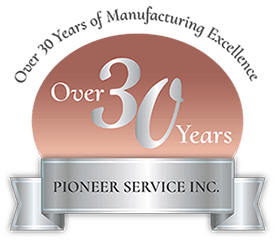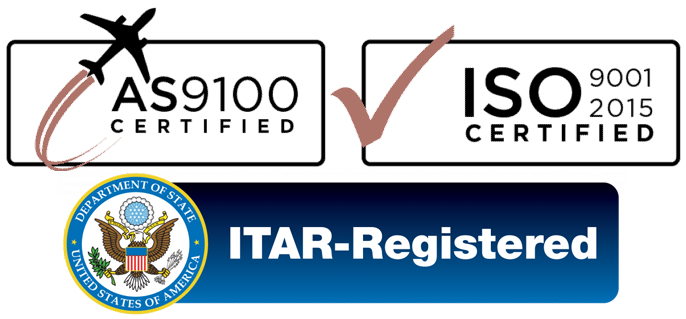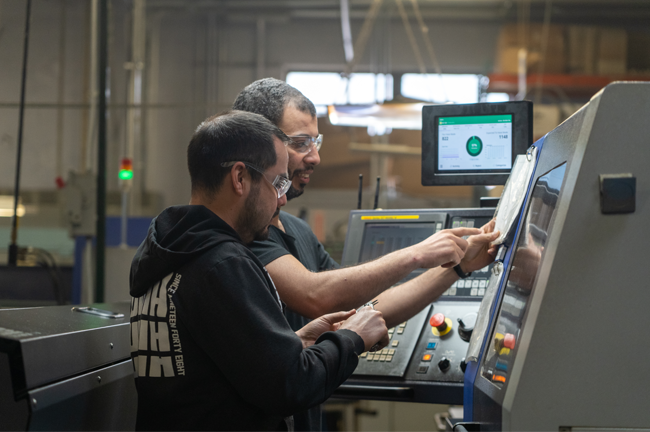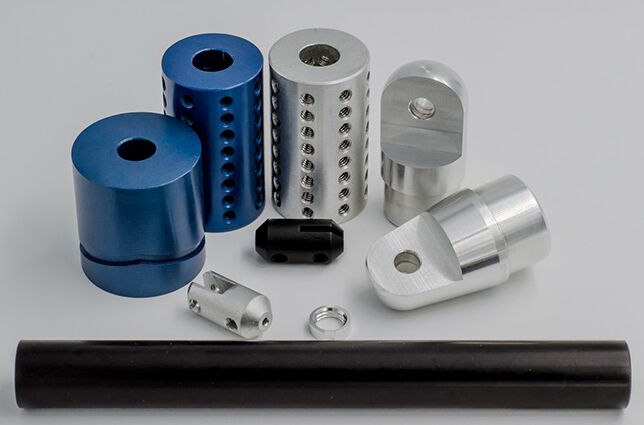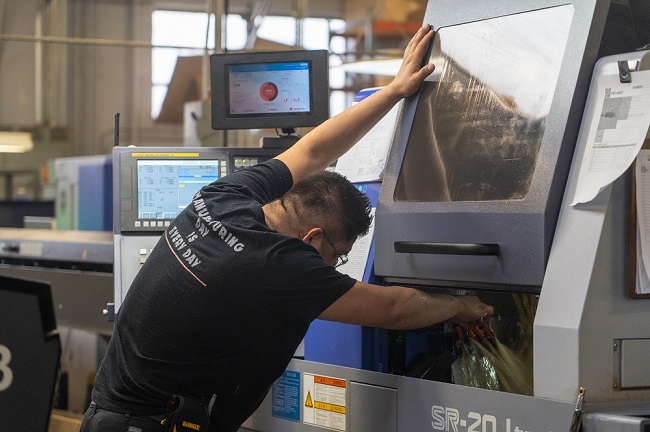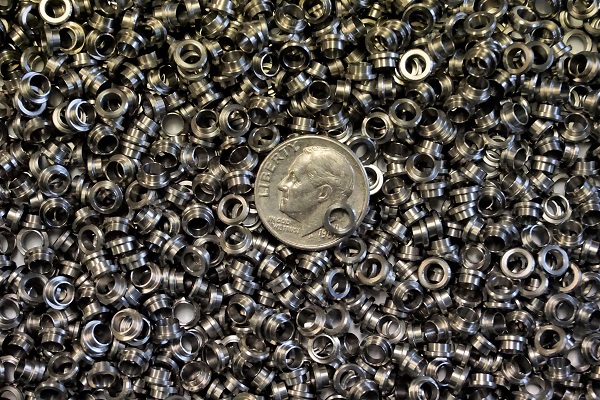Over 30 Years of Excellence in Precision Machining
From fluid power to aerospace, customers from multiple industries turn to us for high quality parts and fast service.
Looking For CNC Swiss Precision Machined Parts?
Pioneer Service is a contract manufacturer specializing in CNC Swiss machining and Centerless Grinding services for the United States, Canada, and Mexico.
For over three decades, we’ve supplied top quality precision turned parts to companies in a wide variety of industries. We are AS9100D and ISO9001:2015 certified (view our certification here) and able to meet the needs of Medical, Aerospace, Electric Vehicles, Hydraulics and Fluid Power, Oil and Gas, Lawn and Garden, Sporting Goods and many other demanding industries.
Our customers have come to expect a commitment to quality and fast, reliable service – and we wouldn’t have it any other way.
Quality. Service. Integrity.
Too often, the pressure to secure high-quality, affordable precision machined parts and timely delivery results in steep order quantities and extensive internal inventory for purchasing and supply chain teams.
We’re not in the habit of burdening our business partners with significant overstock. Instead, we adapt our production scheduling to your preference, whether blanket-order with releases, just-in-time delivery, or Kanban arrangements. Need even more flexibility? We’ll hold your custom turned parts inventory and safety stock at agreed-upon quantities, providing your organization with the ability to ramp up production on your end quickly and efficiently.
We keep your costs down by pricing at estimated annual usage (EAU) quantity, not release quantity. As your CNC machining partner, we are ready to expand capacity and operations to accommodate your growth!
Excellence with Every Part, for Every Need
Whether a prototype or a production run, our team will work with you from initial design to production volume deliveries. Upon request, our engineers will even review your prints for unforeseen machining or finishing pitfalls, and for ways to reduce lead times and costs.
At Pioneer Service, we prize versatility. We own and operate multiple CNC Swiss lathes and centerless grinding machines, with plans to expand our capacity and internal capabilities even further. And we work with an extensive list of partners to provide finished components with plating, anodizing, heat treatment and much more.
As for materials, we’re able to meet your needs precision Swiss parts fabricated from:
Best of all, over 30 years of experience means you can count on quality, every time. Our capabilities include surface finish to as low as 6 micro-inches (.15 micron) RMS and outside diameters within 0.0001” (2.5 µm) tolerance. Our thru-feed grinding is also ideal for cylindrical parts with a large outside diameter (OD), offering critical optimizations such as burr-free flats and multiple diameters.
